Ideas For ELA Podcasting Projects
Sharing is caring!
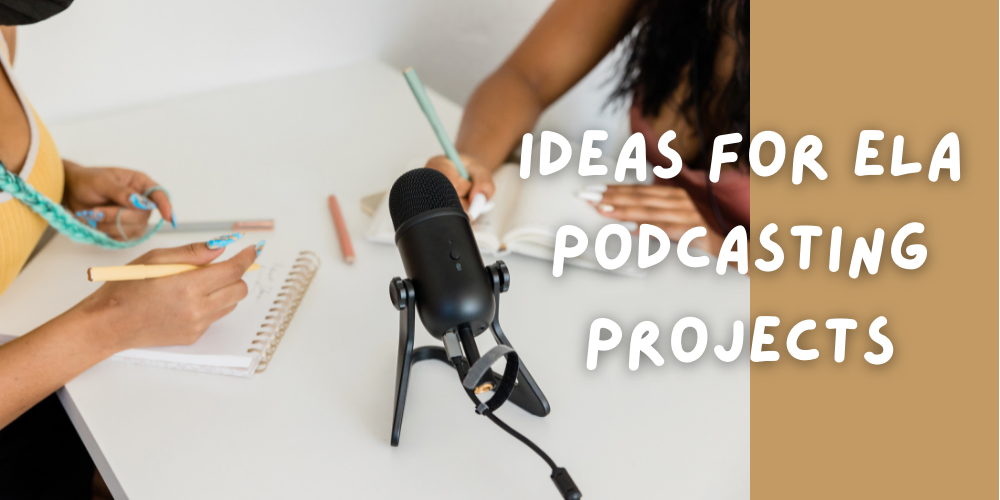
Let’s talk podcasting! If you’re looking for a way to incorporate reading, writing, research, media, and oral communication in the same project, podcast creation is where it’s at.
There are many ways for your students to record a podcast and much of it depends on the classroom tech you have available. In my classroom, we have used a class set of Chromebooks and Microsoft headphones with microphone attachment. As for which recording app or site to use, that also depends on what you’re looking for. There are many paid podcast recording apps you can use, but for the purposes of a classroom project, I prefer to go with something free and easy to use. My students have used Vocaroo because it’s free and doesn’t require an account to be created, but it also doesn’t provide any editing options, so if you want something with more capabilities, Anchor FM might be more suitable.
Thinking of incorporating podcast creation into your lessons but need some inspiration? Look no further! Here are five podcasting activities you can start in your class tomorrow!
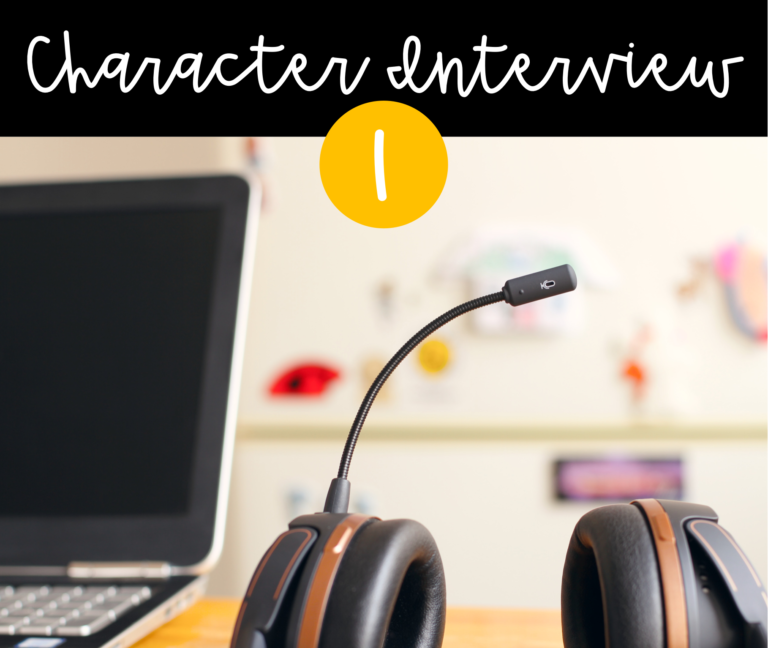
A character interview is a great way to demonstrate understanding of plot and characterization in any narrative text, but instead of a written interview, students can pair up and create a podcast interview. Students will need to get into character by speaking in a tone and style that are in line with the story, requiring them to not only provide answers that reflect their knowledge of the text, but relay these answers in a way that reflects their understanding of the character as well.
This year, the culminating activity for my Grade Twelve English class required my students to use our Songs For Social Change resource and compare three songs from the workbook to three other songs with similar social justice themes using a set of reflection questions provided. After finishing the written portion, students used their responses to record a podcast episode comparing their songs and discussing the social justice messages in each. Some students chose to record their podcast individually, while others paired up and followed a back and forth question and answer format.
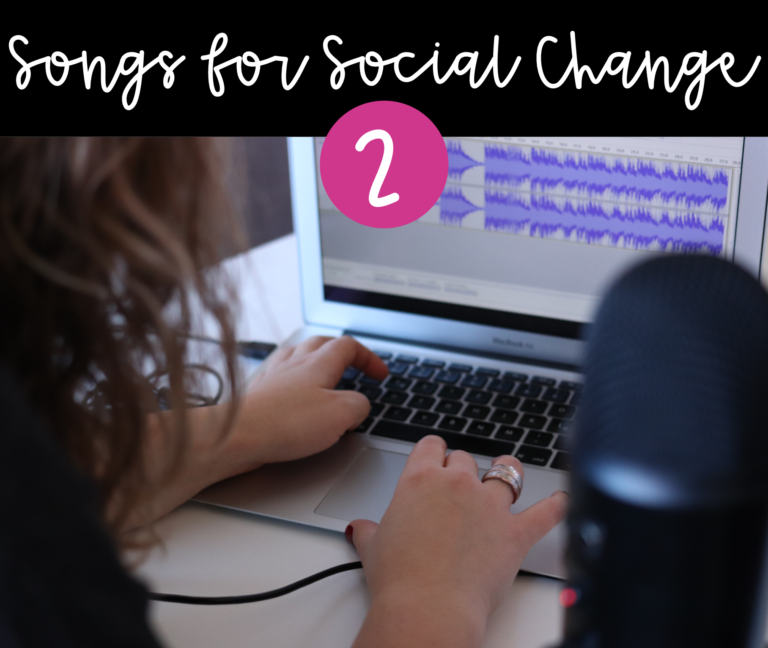

Narrative podcasts are such an imaginative form of storytelling because they require the listener to visualize everything that is happening. A really good narrative podcast will provide lots of sound effects and background noise that help to set the scene and the actors rely solely on their voices to tell the story so different voice techniques are often used. Your students can have a lot of fun creating a narrative podcast by writing their own short stories and then planning sound effects and dialogue for recording. If you’re looking for a premise for your students to write about, my Reel Life Haunted Houses, and Lyrical Analysis of Taylor Swift’s Teenage Love Triangle both offer creative writing prompts based on engaging pop culture texts.
After completing a webquest, stations, or gallery walk, students can create a podcast that discusses everything they’ve learned about the topic. To help provide a framework for discussion, a 3-2-1 chart might be helpful. This chart asks students to describe 3 things they found interesting, two things that surprised them, and one thing they would still like to find out.
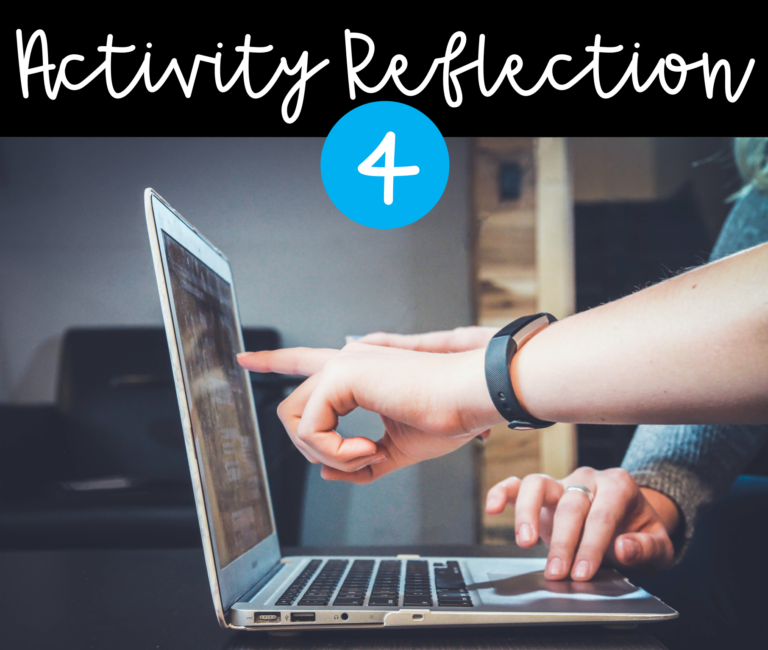
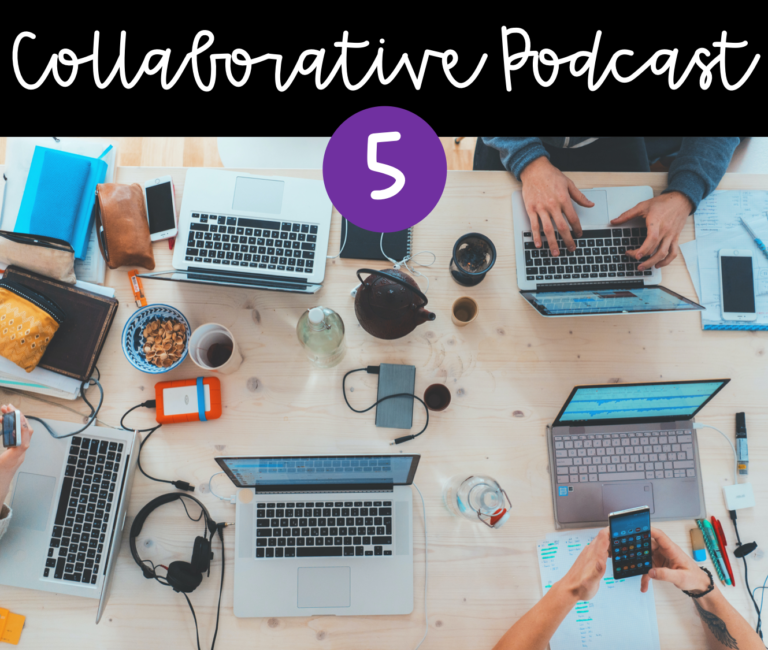
Class collaborative podcasts are a great way to incorporate interpersonal communication and collaboration skills. Some ways to include a collaborative podcast could be:
- Reviewing content: Ask students to contribute one thing they learned in a unit.
- Course reflection: Ask students to contribute one skill they felt like they improved in the course and why.
- Create a time capsule – Ask students to record a motivational message or advice to their future selves. This recording can be played at the end of the semester or year for a fun dose of inspiration.
Leave a Reply Cancel reply
© Mochas and markbooks 2025 | Template by Waymaker Designs |